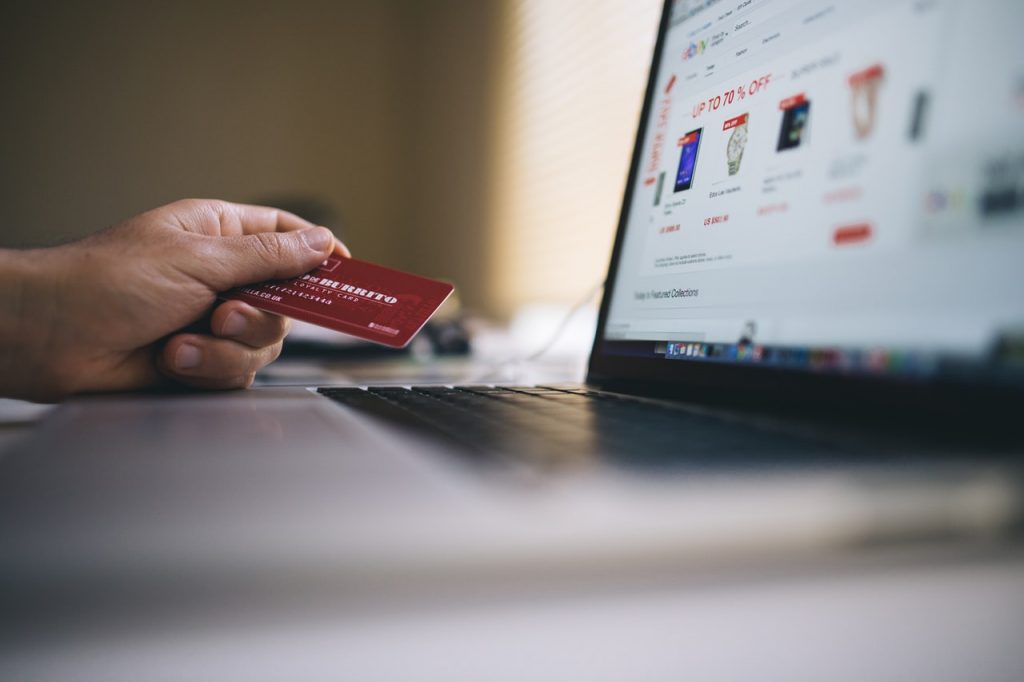Many nations are slowly transitioning to cashless transactions. These nations include Finland, China, South Korea, the United Kingdom, and Sweden, among others. Cashless payments come in the form of cards (e.g. credit and debit cards), online banking, mobile wallet apps, and contactless payments (e.g. NFC and RFID).
This transition is speeding up due to the COVID-19 pandemic. One study found that the virus can stay on a paper banknote for as long as 28 days. So many people believe going cashless lessens their risk of contracting the virus. But it’s important to note that the novel coronavirus doesn’t spread heavily through touch. Holding a paper bill has about the same risk as holding or touching any surface, like a doorknob or a faucet.
Cashless payments are becoming mainstream, but are consumers really ready for it?
Pros of Going Cashless
Going cashless has benefits. First, it’s convenient. You don’t have to drop by an ATM whenever you need to buy something since you can use your card. And you don’t have to carry a huge bag or a bulky wallet every time you go out. You just need your phone and your cards in your pockets.
Secondly, you can easily track your spending when you go cashless. These transactions are automatically recorded. And you can access them through mobile banking sites or mobile apps. Basic information like the amount spent and the date and time of each transaction is recorded. You can even use these records to learn about your spending habits and make changes to save money.
Cashless payments also generally save you time. One example is automatic debit payments. This is a great way to pay for recurring payments, whether it’s rent for your utilities-included, one-bedroom apartment, credit card payments, and other monthly bills. You don’t need to go to a bank or a payment center to pay your balances anymore.
Money-related crimes can be significantly reduced because of cashless payments. All transactions have digital trails. So money laundering can be significantly reduced. Also, the probability of getting robbed of your wallet is lower. Even if it does get stolen, you can easily have your cards blocked. As for your phone, you can have it blocked remotely so the thief can’t access your e-wallets or use your phone for contactless payments.

Cons of Going Cashless
Cashless payments do have disadvantages. Some e-wallets or bank transactions have service fees. And paying without using any cash can make you more prone to overspending. For instance, if you pay using cash, there’s some psychological trick that makes you feel like you’re spending too much. You don’t get this same feeling with cashless payments. This problem is much more likely to occur when pay using credit cards.
Issues with personal data privacy are also likely. While banks and e-wallet companies say that they protect their users’ data, it’s not always guaranteed. Companies can sell user data to the highest bidder, posing privacy risk. Also, as stated earlier, all cashless transactions leave digital trails that can be used for surveillance.
In addition, cashless transactions need an internet connection. But not everyone has it. Globally, during the COVID-19 pandemic, 3.7 billion people don’t have access to the internet. This digital divide means that implementing a cashless payment society can result in a worse social disparity than we have today.
A cashless society may still be far away for most of the world. But many nations are already going towards that route. Cashless payments offer convenience to consumers. But issues with fees and data protection can also arise. In this case, it will take a lot of time for everyone to be ready for a cashless society.


